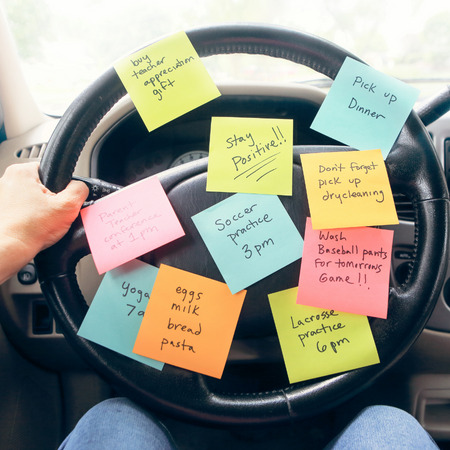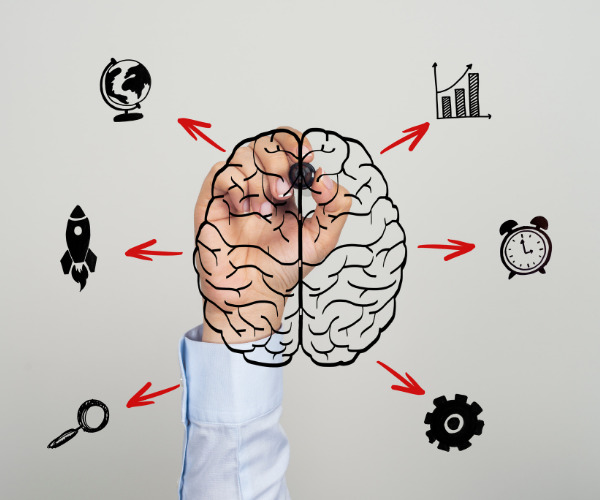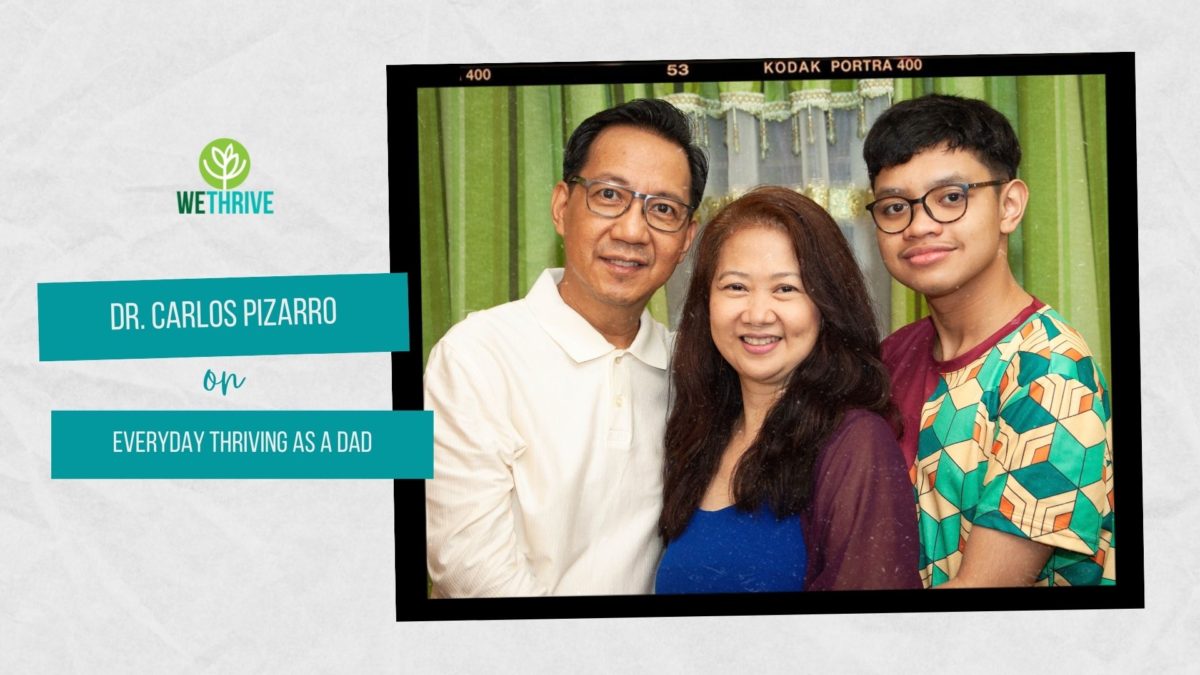Pandemic Parenting
The past three years of pandemic have been quite challenging for children and adults alike. As students adjusted to online classes and distance learning modalities, parents adjusted to work from home settings where the lines between work and home were blurred in a sea of online meetings in shared spaces at home, while juggling work, parenting and multiple responsibilities. Many parents were thrust into an extra role of being their children’s “home schooling teacher” – supervising their children’s learning, troubleshooting tech issues during online classes, being the videographer + editor for their children’s video recorded homework, picking up and submitting modules from school, on top of the stress of working from home, and coping with their own personal concerns – health, uncertainties in the midst of a pandemic. Parents had to grapple with their overwhelming worries and fluctuating emotions, as they tried to support their children’s academic and socio-emotional needs.
This is to acknowledge that parents pour out their time and effort, their heart, mind and soul into raising their children: It is never easy – during pre-pandemic, pandemic, and “next normal” times – the range of emotions both parents and children face in these disruptions and transitions shifts from day to day, sometimes hour to hour.
Next Normal Parenting
After these past three years of lockdowns, quarantines and limited movements, we are all finally taking steps forward in this “next normal”. Students are returning to full face to face or hybrid (face to face + online) learning modes. Parents can breathe a bit easier with our “homeschooling” load lightened, although we may have some concerns or fears about the adjustments our children have to go through – “This will increase my child’s exposure to Covid and other viruses.”; “After these years of being stuck at home, will my child be able to re-adjust to interacting with other kids again?”; “After all these years of online classes, are there learning gaps in my child’s education? Can they readapt again to regular in-person classes?” These fears are valid and understandable. As parents, you can process these fears when you tap into your social and emotional skills, and you can also model these skills for your children to use as they navigate this transition.
SEL approach – Practicing SEL Parenting Skills
According to the Collaborative for Academic, Social and Emotional Learning (CASEL), “social and emotional learning (SEL) is an integral part of education and human development. SEL is the process through which all young people and adults acquire and apply the knowledge, skills, and attitudes to develop healthy identities, manage emotions and achieve personal and collective goals, feel and show empathy for others, establish and maintain supportive relationships, and make responsible and caring decisions.”
We can learn, and practice social emotional knowledge, attitudes, skills and strategies together with our children. This can pave the way for positive life experiences, with many benefits to practicing social emotional learning (SEL) – improved performance in school and work, better management of emotional distress, fostering healthy relationships with one’s self and others.
FOSTERING SELF AWARENESS
Being a parent is a journey of self-discovery – we come face to face with our own emotions, beliefs, strengths and weaknesses as we raise our children. By recognizing and acknowledging how thoughts, feelings and actions are interconnected in a healthy way, within ourselves, and within our own children – – this guides us in the way we make decisions, and helps our children to develop more insights into their internal experiences and external actions. When we encourage our children to share about their day, and actively listen to them, children will open up to share their feelings and thoughts. When they encounter some awkwardness as they move from online interactions with friends to face-to-face interactions, we can support them by teaching them to use “I” statements as they identify feelings (“I felt shy when I met my classmates again.” ; “I felt weird seeing a big classroom filled with people again, I miss being by myself in a quiet room” ; “I felt happy to see all my friends and to talk with them after these years of just chatting or video calls online.”).
You can encourage them to share about their feelings by opening up the conversations with some “kumustahan” questions: “Would you like to share about how school has been today?”; “Would you like to talk about how your day went today?”. This approach will help them to understand and unpack what feeling excited, happy, worried or sad is about, and they are better able to manage their emotions. We can also encourage them to engage in activities that promote self-reflection – such as journaling or sharing the highs and lows of their day – “What is one thing you are thankful for today? What is one thing that you felt could have been better today?”. The more our children discover their sense of self, the more this nurtures their self-esteem.
ENHANCING SELF-MANAGEMENT
Understanding the interrelations of feelings, thoughts and actions can lead parents and children to regulating these through self-management. During changes and transitions, there will be a lot of mixed emotions that our children may go through. When our children are feeling overwhelmed and emotionally upset (dysregulated), we can try practicing co-regulation with them. Co-regulation, sometimes called mutual regulation, involves a parent or caregiver stepping in to help a child to identify, manage and process their intense emotions. When a child’s emotions are fueled by high energies, we avoid matching their high energy, and try to do emotional modeling – we model the calm behavior we would like to see in our child, by using a warm, soothing tone of voice, instead of mirroring their upset emotions.
We can share emotional regulation strategies with them – such as relaxation breathing exercises, mindfulness exercises – quiet time, focusing on the present moment, muscle relaxation, body scan, five senses exercise, using the “feelings wheel” (a tool used to help us define specific emotions we are feeling – for kids age 4-11), and for teens and adults). We can also use mobile apps: Headspace and Insight Timer have a number of tracks that can help you and your child practice mindful breathing. These emotional regulation strategies help children and adults regain control when they’re feeling upset or overwhelmed.
We take note that what works for us as adults may not always work for our children. We need to match the emotional regulation strategy with the needs and developmental age and stage of our child. It might be hard to get a 2-3 year old toddler to do meditation, but maybe we can try practicing mindfulness of the 5 senses with them: “What do you see? What do you hear? What do you smell? What do you taste? What do you feel in your hands? in your feet? How does your body feel right now?”. By understanding one’s emotional triggers, more impulse control can be practiced. Practicing these self-management skills can help us and our children to evaluate our decisions and actions in challenging situations. We can ask our children to share about their concerns, or problems they may be experiencing – we can also encourage them to think of possible solutions to their problems, the pros and cons, as well as the impact of these on people they deal with day to day.
MAKING RESPONSIBLE CHOICES
When parents assess their goals, social situation, and foster understanding of self, they are able to develop responsible decision making skills, which leads to positive choices. Our actions as parents have an impact on our children; children are very observant and they can pick up on our behavior. When we are mindful of the modeling they see in us, and in our pro-active choices, our children develop an innate sense of taking ownership of choices they make. Sometimes, our children may approach us and ask us – “Mom / Ma / Dad / Pa, what would you do in this situation?” While our tendency as parents oftentimes is to give them advice on what to do, we can consider pausing for a while and giving them the space to come up with their own decision.
The “stop light approach” can be helpful here – Red = stop and pause, Yellow = take a breath, Green = think through the options and make your decision. “I hear you have this situation right now – what are the things that need to be worked out? What options or choices do you have right now? How do you think you can help in this situation?”. This nurtures in them the ability to take some time to slow down, think through different options, consider the consequences of their actions, and make decisions based on positive values, empathy and fairness. This empowers our children to make responsible choices that consider their well-being and the well-being of others.
DEVELOPING SOCIAL AWARENESS
We live in communities, cultures, and societies, and we share this social setting with our children. With a return to in-person school settings, they develop a keen awareness of the need to build relationships and strong friendships. Part of our community fabric includes weaving an understanding of various races, genders, cultures, ages, religions – cultivating in our children a respectful approach towards differences, and empathic understanding of the world we live in today. When students return to in-person classes, they will be sharing stories of their pandemic experiences with their classmates, and while there are many common experiences, they may have to confront different realities and socio-economic difficulties that many people endured.
As your child shares with you these stories, this can be a conversation prompt to promote perspective taking: “How do you think that felt like for your friend?”, to promote showing concern for others’ feelings: “You sound happy to know your friend felt excited to be with classmates again.”, to promote empathy and compassion: “You feel sad when you heard about your friend’s troubles.”. This can also open exploration of opportunities for serving the community in their own small ways, and doing their part in creating healthy, safe and positive spaces in the community.
NAVIGATING RELATIONSHIPS
As we build relationships in our families and communities, our children are learning from us, and along with us, how to act in varying social situations.
Seclusion from their friends and classmates during the pandemic can take its toll on our children, as they ease back into being with friends, we can support them by checking-in daily on how they are coping with this resumption of in-person interactions, and actively listening to their concerns, worries and feelings.
We can nurture open communication by being fully present and paying full attention to our children when they are talking with us – this will help them feel that we care about what they have to say, and make them feel heard and understood. “I hear that you enjoyed school time today.” or “I hear that you felt sad today.” are some sample responses of how to apply listening skills that encourage our children to share more openly with us. This helps us to better understand their thoughts, feelings and experiences. Nurturing this open communication with our children can create that space where they are able to process relationships and friendships – enhance cooperation, fairness, kindness, and helpfulness towards others, develop empathic listening, manage opposing views and conflicts, and recognize and regulate emotions. This strengthens our relationships in the family, maintains healthy friendships in the school, and deepens their sense of community.
Although this “next normal” is still full of uncertainty – and we can expect that there will be bumps, twists and turns this transition brings, we can lean on these social emotional skills to help us respond to the call of these ever-changing times. By opening up our emotions, thoughts, and incorporating social emotional learning into our daily practice, with intentionality, we model these skills that our children will gain through observation and active engagement; this empowers them to establish self-awareness, emotional regulation, empathy, positive communication in their interactions with others. We continue to build their resilience, and to create a nurturing environment that supports their growth, development, and well-being throughout the different stages and challenges that life brings.
SOURCES:
- Agaton, C. B., & Cueto, L. J. (2021). Learning at home: Parents’ lived experiences on distance learning during COVID-19 pandemic in the Philippines. International Journal of Evaluation and Research in Education (IJERE), 10(3), 901-911. https://doi.org/ 10.11591/ijere.v10i3.21136
- Collaborative for Academic Social and Emotional Learning (n.d.). Collaborative for Academic Social and Emotional Learning. Https://CASEL.org. Retrieved July 5, 2023, from https://CASEL.org/
- Headspace (n.d.). Headspace. Headspace.com. Retrieved August 16, 2023, from https://www.headspace.com/
- Insight Timer (n.d.). Insight Timer. Retrieved August 16, 2023, from https://insighttimer.com/
- Mentally Healthy Schools – Anna Freud National Centre for Children and Families (n.d.). Emotion Wheel for Children. Retrieved August 15, 2023, from https://mentallyhealthyschools.org.uk/resources/emotion-wheel-for-children/
- Parent Cue (n.d.). Feelings Wheel. Retrieved August 15, 2023, from https://theparentcue.org/resources/feelings-wheel/
- Pathways Pediatric Clinic (n.d.). What are Social Emotional Skills. Https://Pathways.org. Retrieved July 8, 2023, from https://pathways.org/topics-of-development/social-emotional/
- Stoian, C. E., Fărcașiu, M. A., Dragomir, G.-M., & Gherheș, V. (2022). Transition from Online to Face-to-Face Education after COVID-19: The Benefits of Online Education from Students’ Perspective. Sustainability, 14(19), 12812. MDPI AG. Retrieved from http://dx.doi.org/10.3390/su141912812
- UC Berkeley Greater Good Science Center (n.d.). Body Scan Meditation. Greater Good in Action. Retrieved August 15, 2023, from https://ggia.berkeley.edu/practice/body_scan_meditation
- ZERO TO THREE (2020, April 24). Five Senses Exercise. Retrieved August 15, 2023, from https://www.zerotothree.org/resource/five-senses-exercise/
Zolten, K., MA, & Long, N., PhD (n.d.). Parent Child Communication. Parenting Ed. Retrieved August 15, 2023, from https://parenting-ed.org/wp-content/themes/parenting-ed/files/handouts/communication-parent-to-child.pdf







